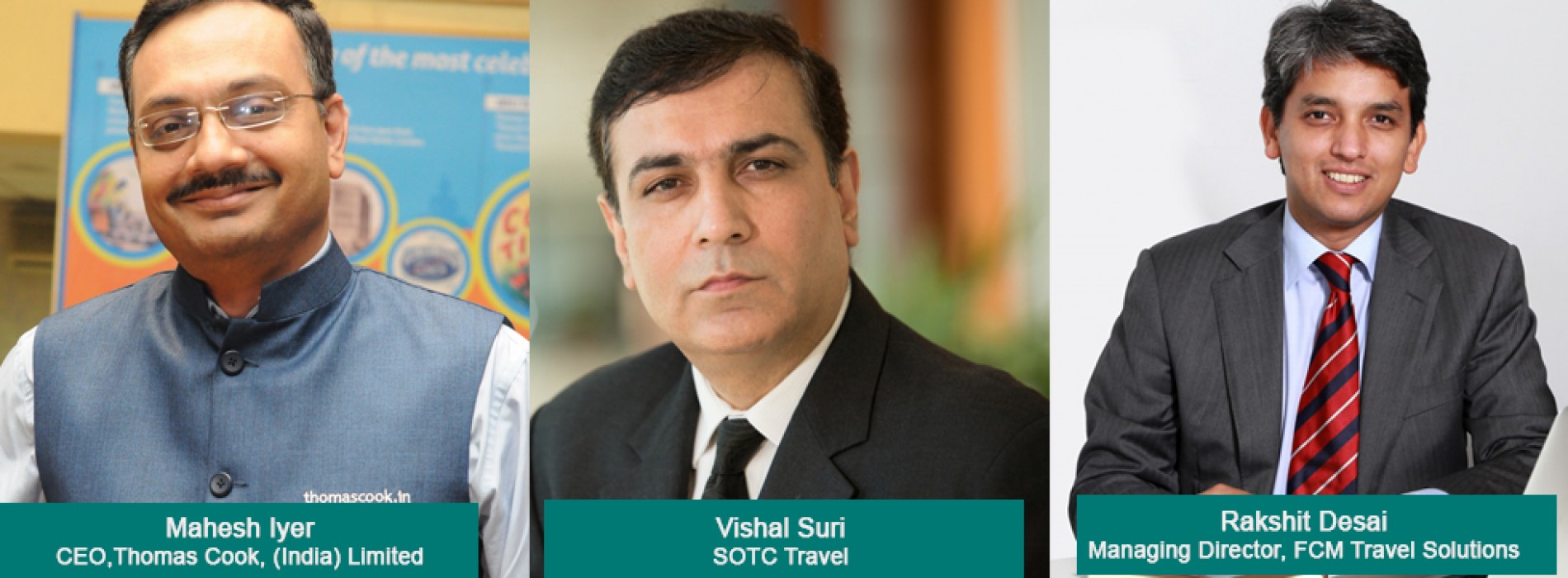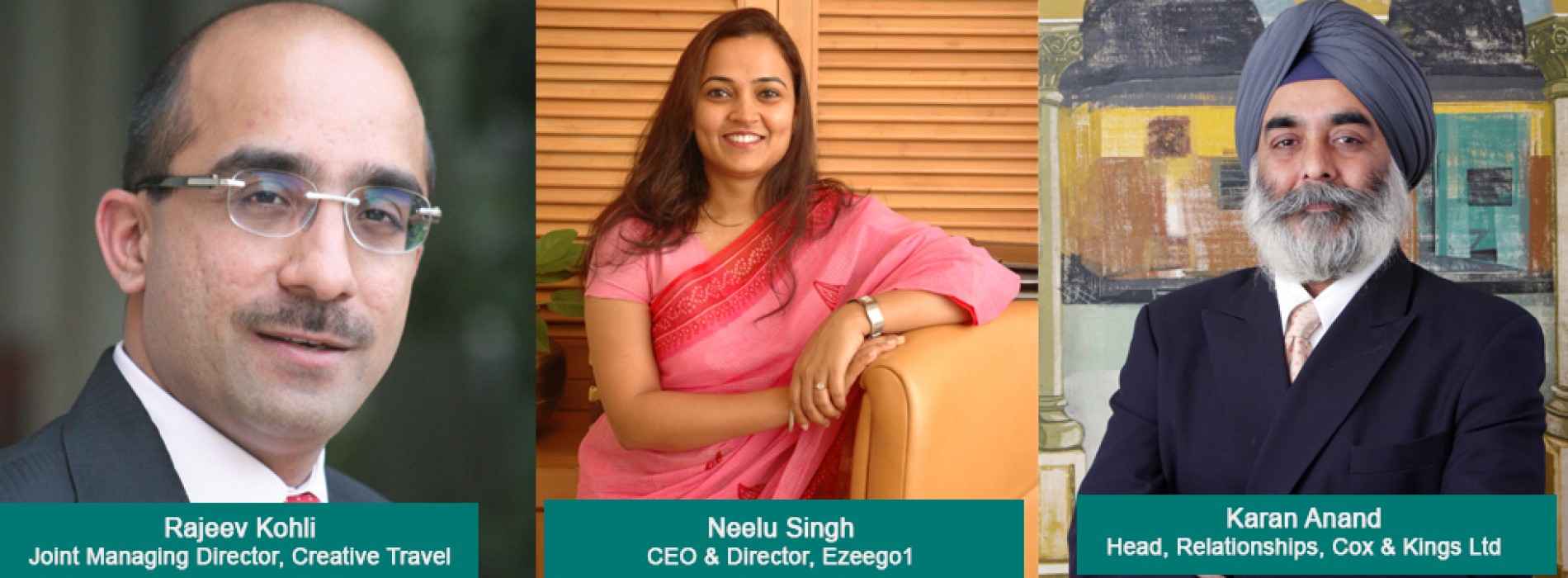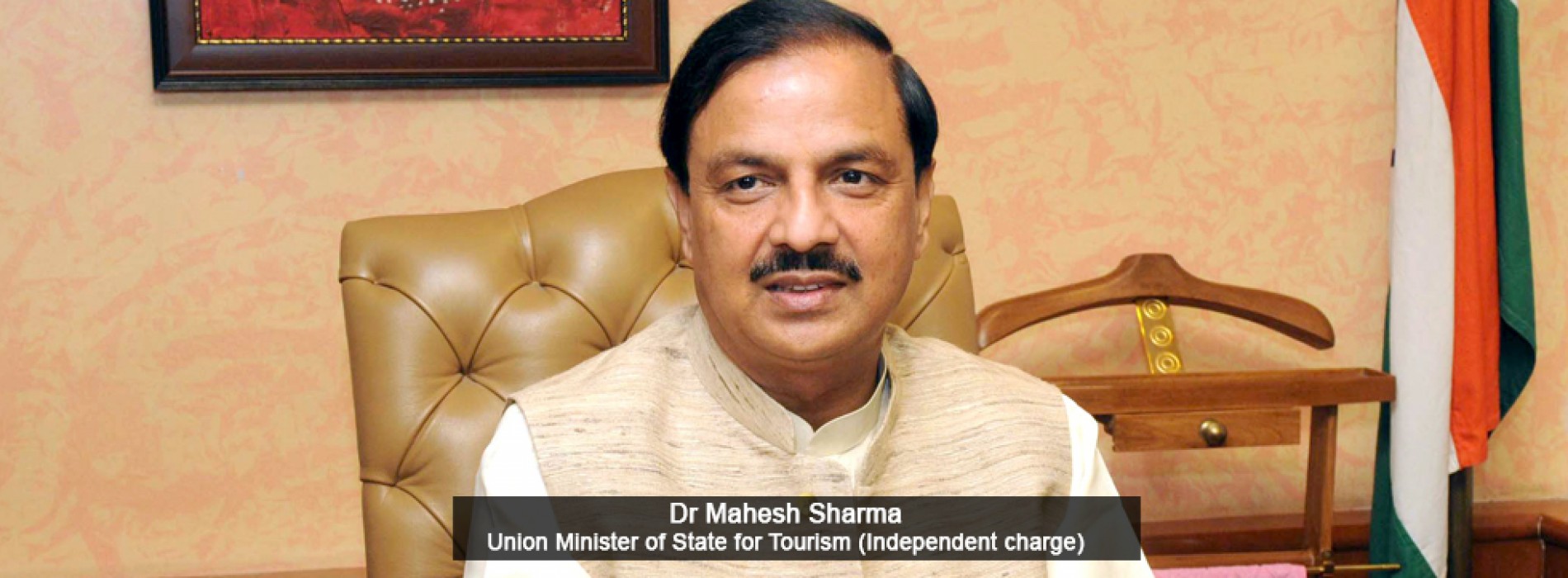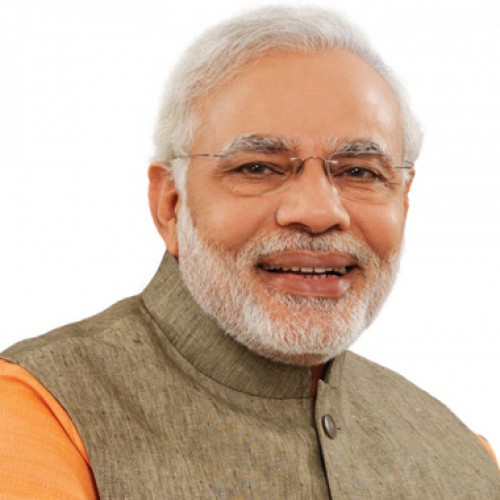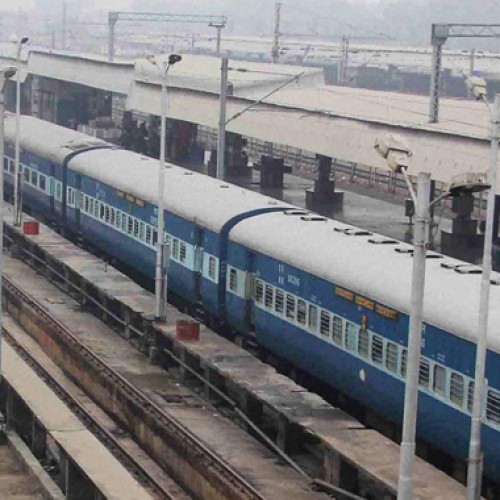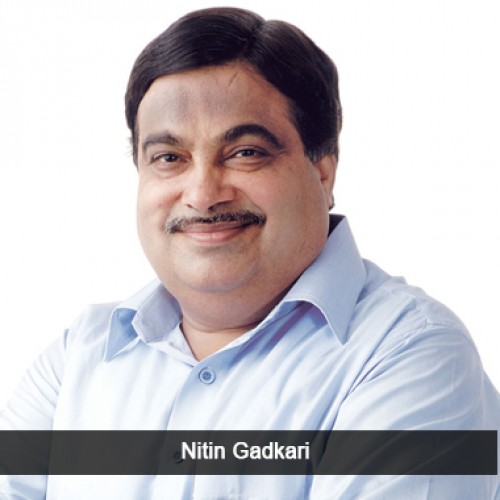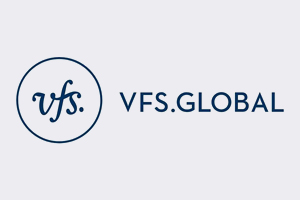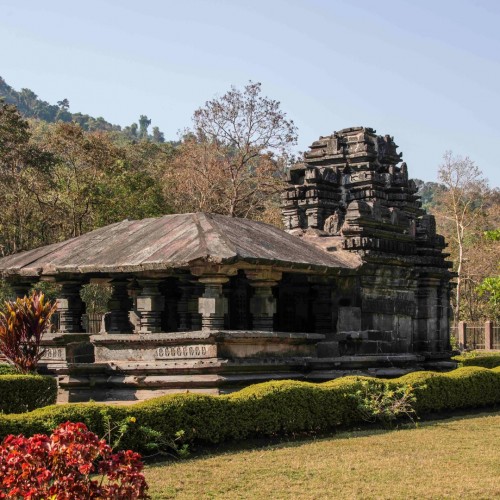Three years of the Modi Government: many positives but few transformational changes
In its three years in power, the Modi Government has taken many positive steps for the development of tourism in the country, but few in the travel & tourism industry is cheering about. Many think that the NDA government’s efforts to promote tourism have been inadequate, falling short of expectations.
Three years ago when the Modi Government came into power, the mood prevailing in India’s tourism industry was quite upbeat. They had huge expectation from the New Government led by PM Narendra Modi, who as chief minister of Gujarat had accorded high priority to tourism and during his election campaign, declared Tourism as one of his key focus areas. Three years down the line, the mood is not so upbeat.
While there are many positives in the tourism sector, the government has failed to bring any transformational changes to tap huge potential in this sector. Speaking at a meeting of the NITI Aayog last year in July, Modi had said that India needs transformational change that can only be driven by drastic changes in policy. “India cannot wait for incremental change.” But in tourism sector, little has changed, little attempt has been made to transform the sector. On the contrary the recently announced high GST rates for the hospitality industry is retrograde. Even after three years in power, the Modi Government has not declared the new tourism policy under consideration for a long time.
Expressing his disappointment, Rajeev Kohli, Joint MD, Creative Travel, said, “Mr. Modi in his election campaign spoke very well of tourism. We had a lot of hope. Unfortunately, the last three years have seen us being very underwhelmed in the lack of actions on policy and on positioning of our destination.” Kohli added, “The industry has changed, the world has changed, yet the way our policies are formulated and implemented is way behind the curve. Number of travellers handled by the organized tour operators are declining and the industry is at a loss on what to do. Then the regressive GST taxation on hotels and restaurants has added to the despair.” Clarifying that he is not making any judgment on political affiliation, Kohli said, “but the truth is that tourism has not progressed in the past there years.” The numbers of FTAs in India in 2013 were 6.97 million where as in 2014 (the year NDA came into power) , the arrivals were 7.68 million. In 2016, the number of the FTAs were 8.89 million as compared to 8.03 million in 2015. The country registered 10.7% growth in FTAs in 2016. However, 2015 was not very good, with the FTAs growing merely 4.5%.
A section of the industry feel that the government has little concerns for the tourism sector. “If the promises were for better days, that have certainly not been kept, said Kohli. “The only thing our industry has done for the past three years is put out fires. Taxation, bad press, increased monument fees, illogical ASI policies and more. So much energy has been wasted on non-productive tasks. Most discouraging for stakeholders like us.” Kohli lamented that there is no plan of action, no inclination to have an open and frank discussion.
“Having little expectation from the Government, I am focusing my energies on keeping my company on its paths and trying to compensate for the lack of administrative support the destination needs.”
But there have been some positive development and not everyone is complaining. Briefing recently about the achievements of his ministry, Union Tourism Minister Dr Mahesh Sharma said that India’s ranking in World Economic Forum’s tourism competitiveness index has improved by 25 places in the last three years, which is the highest cumulative improvement in the history of independent India. He also informed that the government has invested `4,800 crore in constructing theme-based tourism circuits.
Appreciating the government’s efforts to promote tourism, Karan Anand, Head, Relationships, Cox & Kings said that in the last three years, the Modi government has made aggressive efforts in promoting India on the global stage. “Increased connectivity, ease of travel and flagship initiatives such as Swaach Bharat Abhiyan have encouraged industry to play an active role in supporting the government’s initiative. The mood is positive and this reflects in the growth of inbound and domestic tourism. While in the developed markets the growth is in single digits we are clocking double-digit growth,” said Anand.
According to Mahesh Iyer, CEO of Thomas Cook (India), Tourism was one of the key pillars of Prime Minister Modi’s manifesto and we have seen strong and sustained delivery via initiatives including the game-changer e-visa facility being enhanced to 161 countries, focus on critical infrastructure, hygiene-sanitation, safety-security, uniformity in taxation, innovative initiatives such as the 5 special tourism zones or SPVs and power-driving tourism through campaigns, such as ‘Incredible India 2.0’ and ‘Atithi Devo Bhava’, and testament to this is the fact that India has jumped 12 places in the World Economic Forum Global Travel & Tourism Competitiveness list. Iyer added that ensuring air connectivity, access and affordability was the rationale behind the Governments strategic UDAN; equally its PPP model towards development of regional airports in tier-II cities in the country- offering vital hub and spoke potential to catalyse growth for the sector. The promotion and special benefits to initiatives like homestays further reiterate the Government’s commitment to employment generation and local involvement in tourism.”
Vishal Suri, Managing Director, SOTC Travel, said: it is encouraging to see that the Ministry of Tourism has undertaken several initiatives such as the launch of the ‘Incredible India 2.0′ campaign, plans to set up five special tourism zones in partnership with the states, promoting north-eastern states, extending e-visas to more countries, developing world class infrastructure for tourists, introduction of a mobile application and tourist helpline, focused approached towards railway security, etc that have further helped boost the sector. “We at SOTC Travel has been favorable Business under the Modi Government. The implementation of GST will now rationalize and simplify tax regime. In the long term, it is expected to enable the much-required growth needed for the travel industry,” said Suri, in addition to this, the government’s emphasis on digitization has improved transparency and the ease of carrying out seamless transactions for the tourists in India. This has also led to an increase in online travel booking and EMI holidays and a change in business from unorganized to organized sector of travel. He added, “We look forward to more such pro-tourism initiatives by the government in the future which will further strengthen brand India and look forward to witness path changing reforms in the travel and tourism sector in the coming times.”
With the new Government in place for the last 3 years, the image of India has improved and the inbound tourism has definitely increased in the last 3 years, says Arun Anand, Managing Director, Midtown Travels, “We had expected more focused promotion of India in the source markets but it seems that it has not happened.”
The Modi government has taken many initiatives in the past three years that has impacted the tourism sector positively, says Neelu Singh, CEO & Director, Ezeego1, adding, “UDAN scheme is promising initiative introduced by the government that will encourage middle-class families to travel by air, promote domestic and inbound tourism further, make Tier 2 cities more accessible for tourists and also create direct and indirect employment opportunities for people in these cities.” Rakshit Desai, MD, FCM Travel Solutions, said, ” Reinforcing India’s image as a tourist destination internationally, the Modi government in the last three years introduced several initiatives that have strengthened and enhanced tourism in the country. Initiatives such as e-visa and its expansion to more countries, developing a Mobile Application for tourists, introducing the Incredible India Multilingual Tourist Helpline and the launch of new schemes like Swadesh and Prasad are definitely agents of progress and socioeconomic growth.”
As regards expectation from the remaining period of the government, Karan Anand said that the Government should moderate the GST rates for the hospitality sector as some of the rates proposed are too high. Arun Anand said that the Government should do more to increase the inbound tourism but with the implementation of GST to the tune of 18 or 28 % on hotels, the prices of hotels will go up many folds and India will become an expensive destination as compared to other South East Asian countries. The Government should consider keeping the GST in the lowest slab for INBOUND TOURISM.
You might also like
Aviation sector set to soar in India, says PM Narendra Modi
Posting orders for over 900 aircraft during the past one year, the aviation sector in India is poised for a huge growth in the coming years, Prime Minister Narendra Modi.
Indian Railways to announce 360-day advance rail booking period for foreigners
Foreigners are also not allowed to book tickets in Suvidha trains that cater to last minute travel planners. The aim is to provide adequate time to foreigners and NRIs to
Cruise policy, circuits to make India global hotspot says Nitin Gadkari
India has taken steps on a war footing to promote cruise tour, which includes relaxation of policies and developing infrastructure. A policy is in the works to make India a

